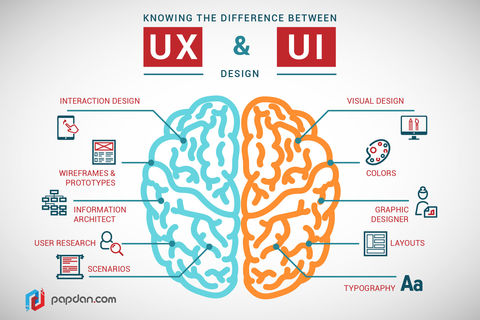The UX Design Success Ladder: Achieving Meaningful Product Design
by Ward Andrews
by Ward Andrews
The UX Design Success Ladder: 5 Steps to Creating Meaningful Products.
To take products from good to great, we have to go beyond functional requirements and deliver usable, comfortable experiences that not only delights users, but also affect their lives on a deeper level.













